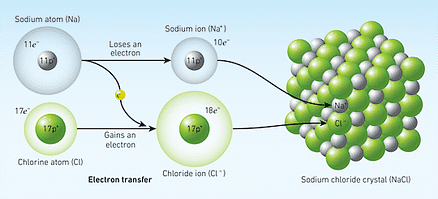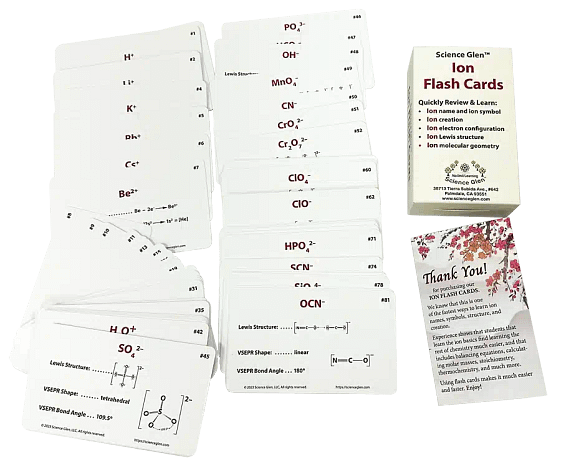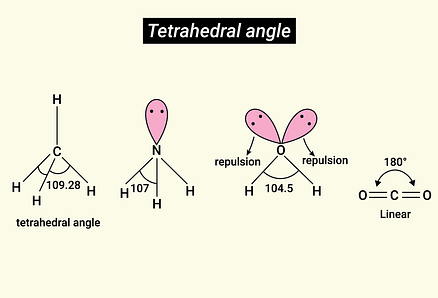There are many abstract concepts in chemistry that are difficult for beginning students. We are actively creating tools to help students visualize and understand those ideas. Whether memorization of ion flash cards or manipulating ions that stick together, we search and experiment to find the quickest and easiest way to help students learn.




VSEPR Kit
One of the more advanced sections of general chemistry is Valence Shell Electron Pair Repulsion (VSEPR). It has proven to be a very useful tool to predict the shape of many types of molecules, and that has helped explain chemical reactions and even why water is so good at dissolving polar compounds like sugar or salt.
For more information click here: VSEPR Kit
